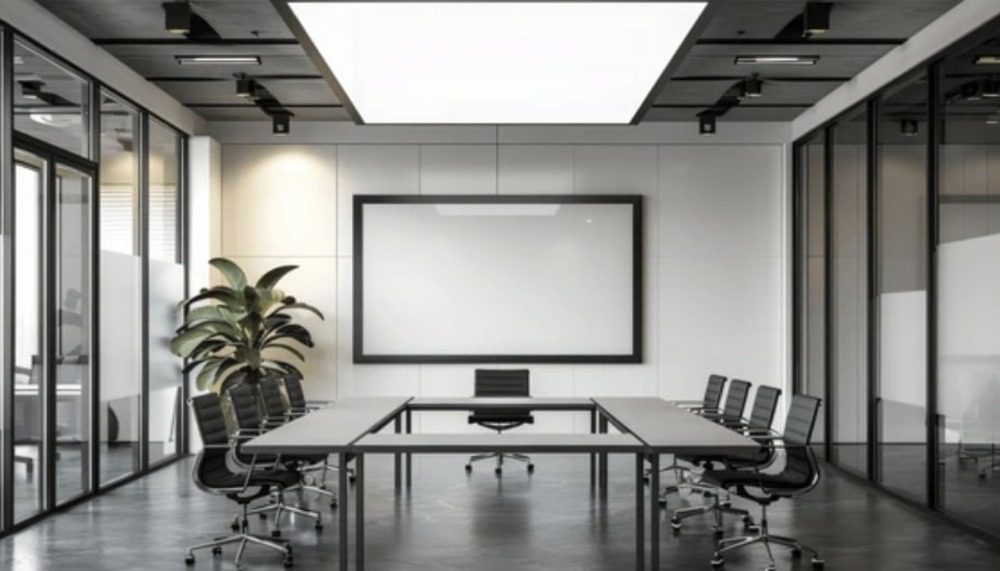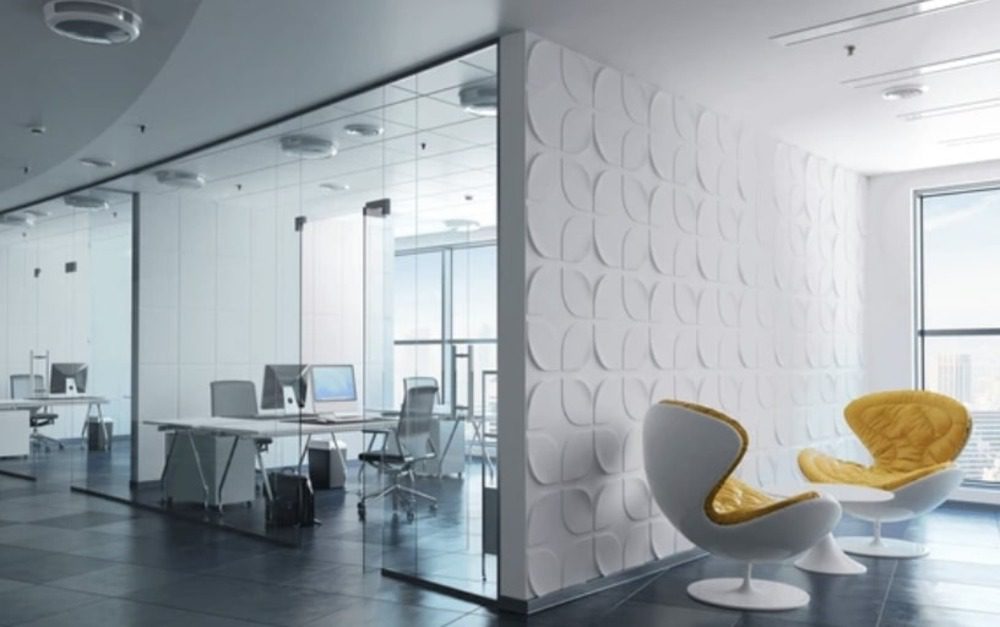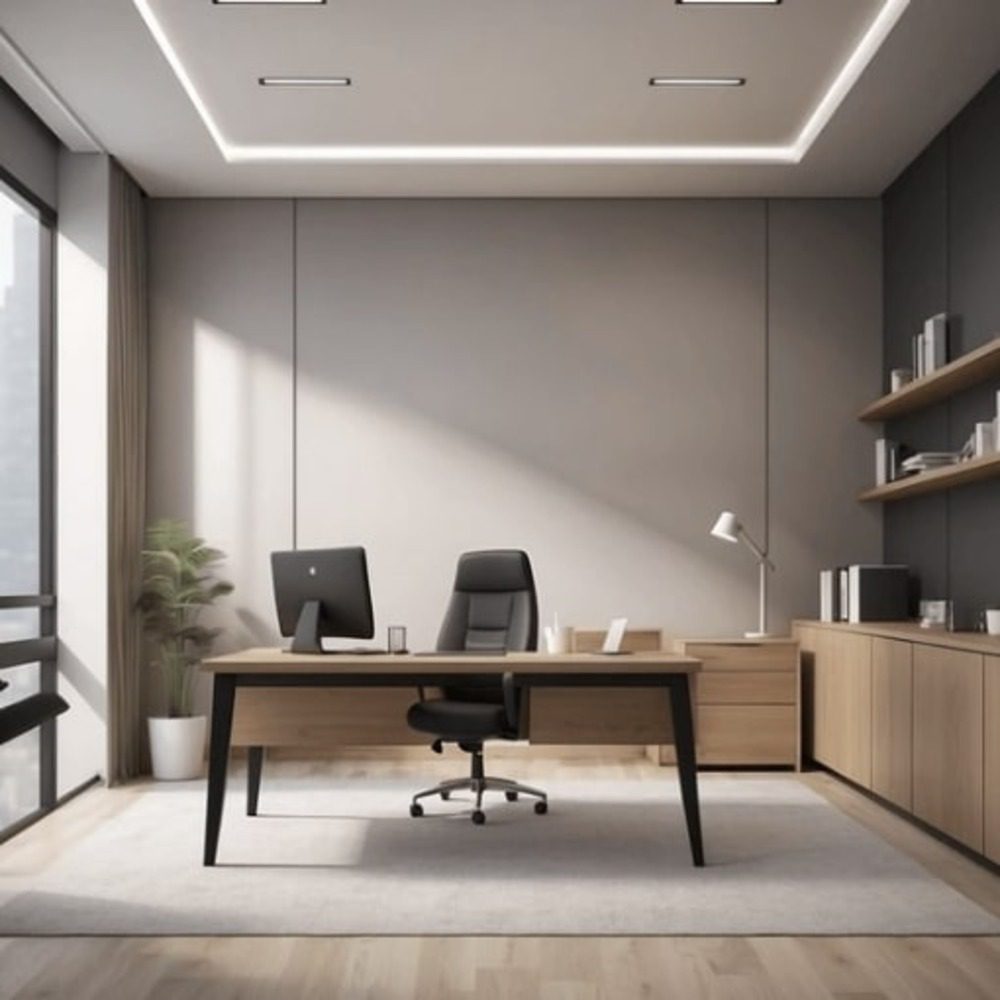Modern office design is continuously evolving, and the demand for quieter, more productive work environments has never been greater. Soundproof architectural walls are becoming a staple in workplaces striving to optimize both form and function. These solutions not only reduce noise pollution but also add flexibility and sophistication to the workplace.
By combining the aesthetic appeal of modern architectural wall design with effective acoustic insulation, businesses can transform open offices into functional, dynamic spaces.
Here are the key benefits of installing soundproof interior architectural walls into workspaces.
✔ Soundproof architectural walls reduce distractions, helping employees stay focused and engaged.
✔ Acoustic walls protect confidential meetings and sensitive discussions from being overheard.
✔ Controlled sound environments support mental well-being and reduce employee burnout.
✔ Architectural walls enable flexible layouts that support both collaboration and quiet work.
✔ Modern designs blend acoustic function with visual appeal, elevating overall workspace design.
✔ Well-designed, soundproofed offices attract premium tenants and improve marketability.
✔ Architectural wall systems help meet WELL, LEED, and similar certifications for a healthier workplace.
Distractions in the workplace, especially in open-concept layouts, can be detrimental to focus. Uncontrolled sound levels often lead to decreased efficiency and increased mental fatigue.
In fact, employees lose an average of 21.5 minutes per day due to conversational distractions in open-plan offices. For a company with 100 employees earning $50,000 annually, that loss equates to approximately $200,000 in lost productivity each year. Architectural walls help reduce noise interference, allowing employees to concentrate on tasks more effectively.

In modern offices, maintaining acoustic privacy is as critical as protecting digital data. Sensitive topics—ranging from HR concerns to financial plans—should be discussed in spaces where sound does not travel. Soundproof interior architectural walls ensure those conversations stay where they belong.
Office noise isn’t just a nuisance—it’s a trigger for stress and mental exhaustion. Constant background noise can leave employees feeling overwhelmed and unable to decompress.
Studies have shown that implementing soundproofing measures, such as acoustic panels and partitions, can lead to a 27% reduction in stress and a 174% increase in job satisfaction among employees.
The shift to hybrid work has transformed how office spaces are used. Organizations must now strike a balance between individual productivity and team collaboration. Soundproof architectural walls play a central role in making this balance achievable.
Today’s workspaces must strike a balance between style and functionality. Soundproof architectural walls are no longer utilitarian structures—they now contribute to the visual and emotional appeal of the workplace.

Investing in acoustically enhanced architectural walls does more than improve daily operations—it boosts the long-term market value of office properties. Landlords and property managers can use these upgrades to attract high-quality tenants and justify premium pricing.
Achieving industry certifications like WELL, LEED, or Fitwel requires careful consideration of acoustic design, environmental impact, and employee well-being. Soundproof architectural walls contribute significantly to meeting these benchmarks, making them a smart investment for future-ready workplaces.
Clarify Role of Permanent vs. Adaptive Solutions: Understanding structural vs. decorative architectural walls helps facilities teams align design choices with certification goals. Structural walls support long-term performance targets, while decorative ones offer adaptable pathways to meet evolving compliance needs.
Selecting the right supplier for your office architectural walls is critical to the success of your design, acoustics, and overall workspace strategy. A knowledgeable, experienced supplier can help you navigate decisions about materials, configurations, and compliance, ensuring that the finished result meets both aesthetic and functional goals.
Demountable architectural walls are modular wall systems designed for quick installation and reconfiguration. Unlike traditional drywall, they can be disassembled and moved to accommodate changing office needs. This flexibility makes them ideal for companies seeking adaptable workspace solutions.
Architectural walls are pre-manufactured systems that allow for faster setup, cleaner installations, and easier modifications. Traditional drywall construction is permanent and often requires extensive labor and time to alter. Architectural walls also come with built-in finishes and options for acoustics and cable management.
Most architectural walls are non-load-bearing and designed to be movable or semi-permanent. They are often used to divide space without the need for permanent renovation or construction permits. This allows businesses to scale or restructure office layouts with minimal disruption.
Common materials include glass, aluminum, wood veneer, laminate, and acoustic fabric panels. Each material offers different benefits in terms of sound absorption, transparency, and design aesthetics. The choice depends on the workspace’s goals for acoustics, branding, and budget.
Yes, architectural walls can be tailored to reflect company branding through colors, logos, finishes, and patterns. Custom glass etching, colored panels, and integrated signage are common personalization options. This ensures the walls contribute to both the functionality and visual identity of the space.

Ready to enhance your office with functional and stylish architectural walls? Trust Stamford Office Furniture—New Haven, CT’s go-to expert for modern workspace solutions. Whether you’re remodeling or planning a new layout, Stamford Office Furniture in New Haven, CT, offers the expertise and product variety to elevate your workspace with confidence. If you want to modernize your office environment with a trusted partner, look no further than Stamford Office Furniture.